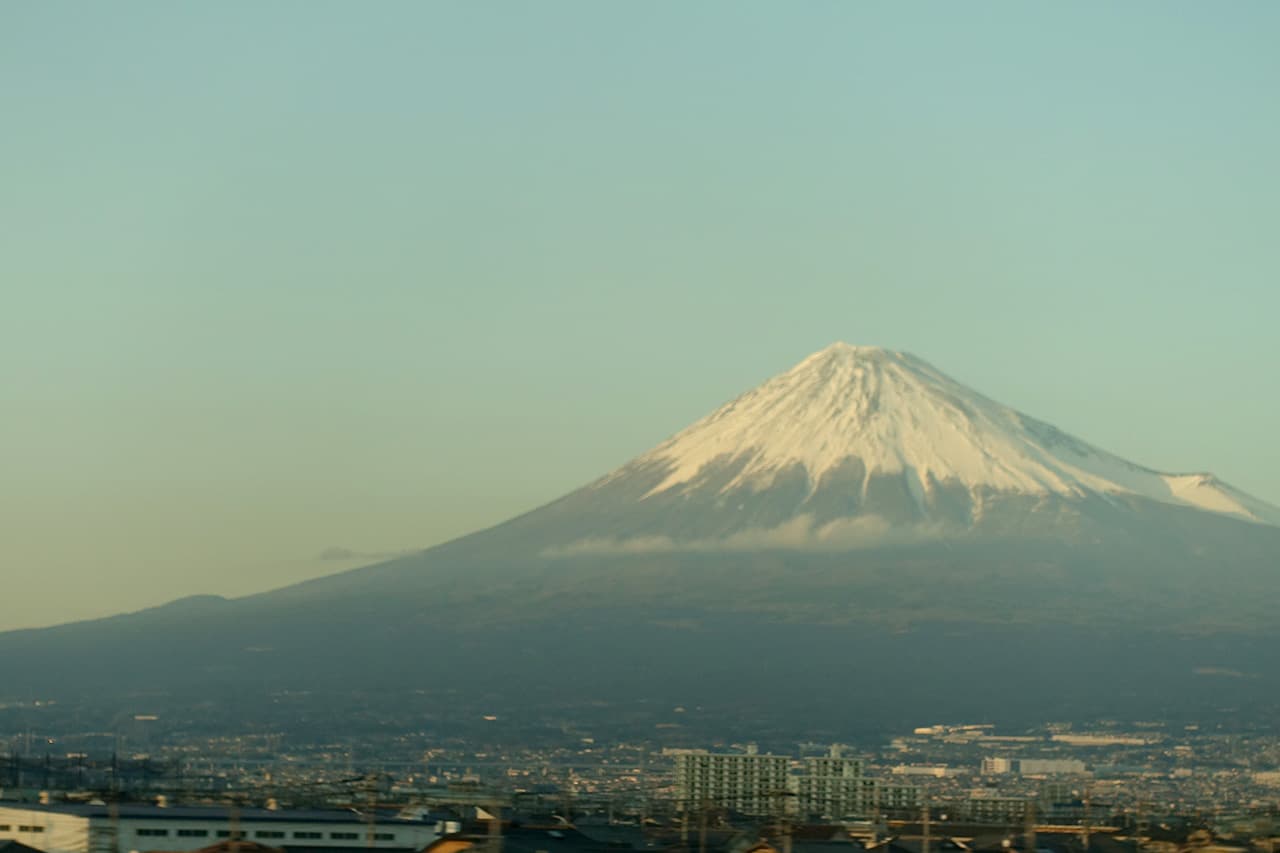
You can see Mt. Fuji from inside the Tokaido Shinkansen during the stretch between Shizuoka Station, Shin-Fuji Station, Mishima Station, and Atami Station.
If you want to enjoy the view of Mt. Fuji from your seat, choose seat E in standard cars or seat D in Green Cars—both are on the Mt. Fuji side for both directions.
As long as you catch the right timing, you’ll be able to see Mt. Fuji clearly.
This page introduces the best seats, sections, and timing to enjoy Mt. Fuji from the Shinkansen.
E Seat Is the Best for Viewing Mt. Fuji
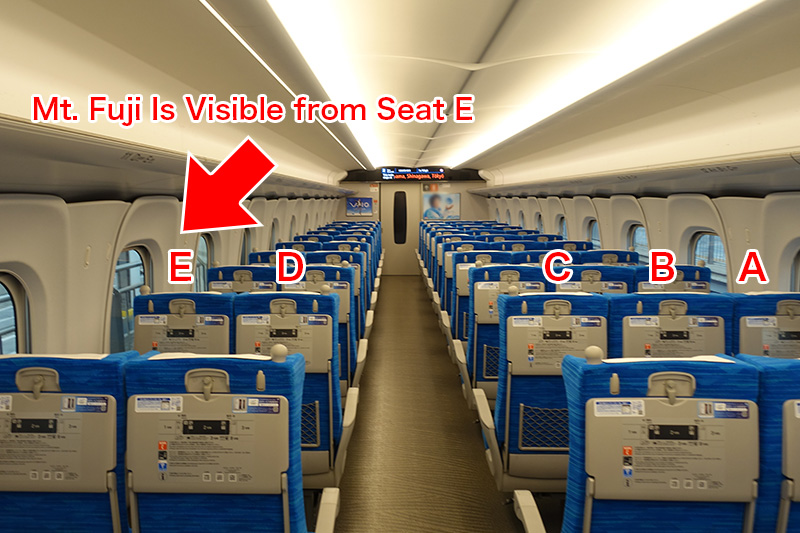
If you want to see Mt. Fuji from the Shinkansen, seat E is recommended for both eastbound and westbound trains. This applies to all Kodama, Hikari, and Nozomi services, whether you’re in a reserved or non-reserved seat.
When traveling eastbound from Shin-Osaka to Tokyo, Mt. Fuji appears on the left side. On westbound trains from Tokyo to Shin-Osaka, it’s visible on the right side.
Tokaido Shinkansen seats are arranged as A, B, C, D, and E. Seat E is always on the Mt. Fuji side, regardless of direction. In contrast, seat A is on the opposite side, and you won’t be able to see Mt. Fuji from its window.
If you’re booking a reserved seat, E is your best choice.
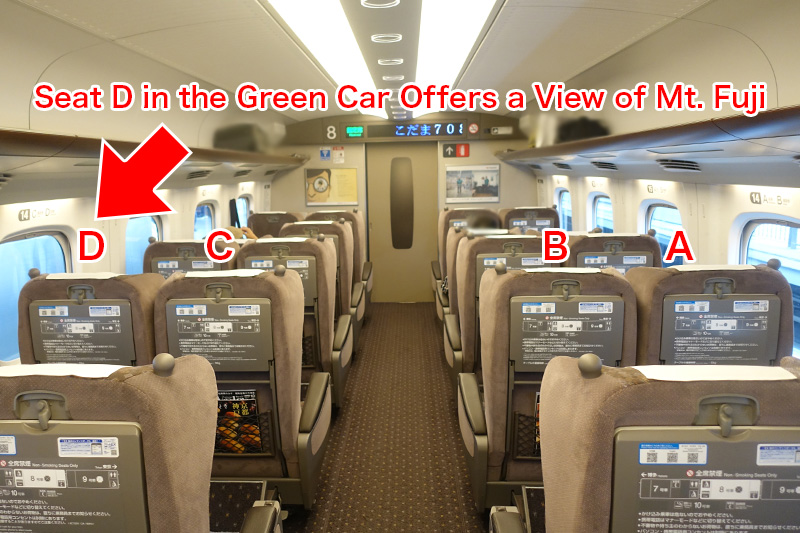
In Green Cars, there are only four seats per row: A, B, C, and D. Seat D is on the Mt. Fuji side for both eastbound and westbound trains.
Best Sections and Timing to See Mt. Fuji
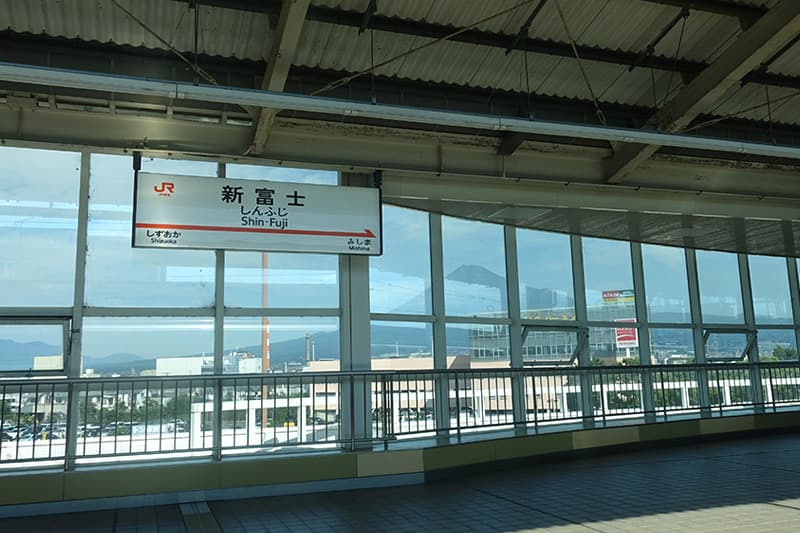
You can see Mt. Fuji from the Shinkansen during the stretch between Shizuoka Station, Shin-Fuji Station, Mishima Station, and Atami Station.
Among these, the best timing to catch a clear view of Mt. Fuji is near Shin-Fuji Station. Especially around the Fuji River area, there are no tall buildings, offering a beautiful, unobstructed view of Mt. Fuji—perfect for photos and videos.
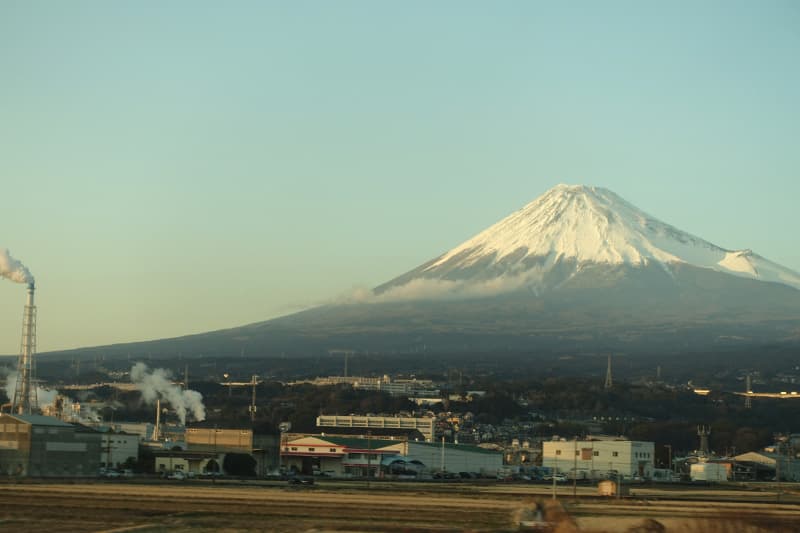
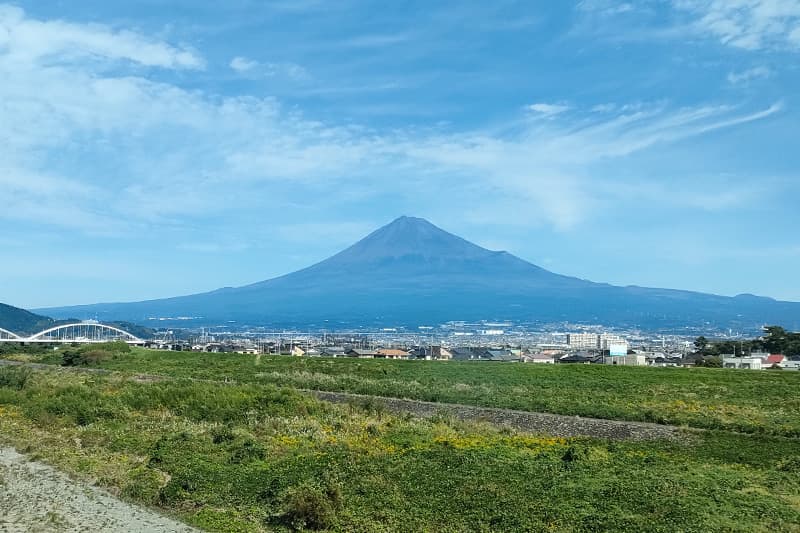
Since the Shinkansen travels at high speed, be sure to prepare your camera in advance and press the shutter at the right moment. To reduce window glare, place your lens as close to the glass as possible.
Some sections include bridges and fences, so once you spot Mt. Fuji, it’s best to use burst mode. Smartphone cameras (iPhone or Android) work just fine.
From summer to autumn, Mt. Fuji is typically snow-free. From winter to spring, you can enjoy its iconic snow-capped appearance. On rainy or cloudy days, visibility may be poor.
Note that Hikari and Nozomi trains make fewer stops, so if you miss a station, you might miss the view. This section also includes several tunnels, which can make it hard to tell where you are.
If you’re unsure of your location, turn on GPS in Google Maps to track your position.
Occasionally, train staff may announce when Mt. Fuji is visible.
Kodama Is the Best Choice for Viewing Mt. Fuji
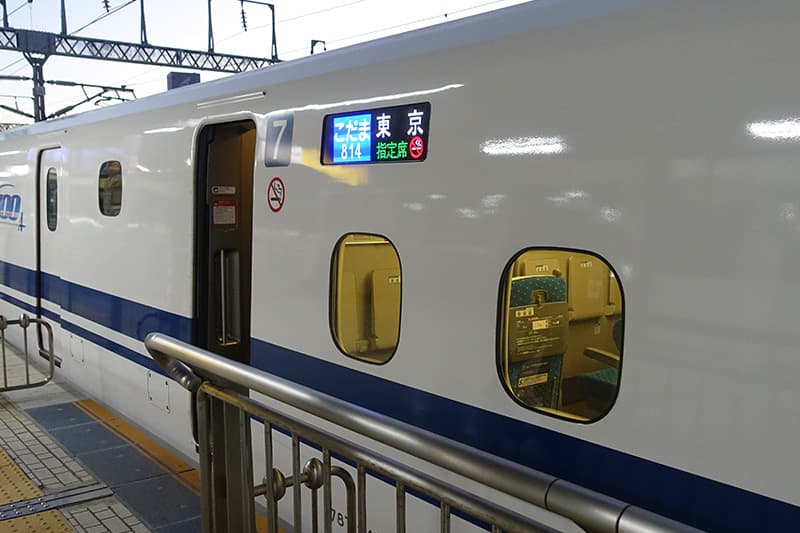
Since Kodama stops at every station, it also stops at Shin-Fuji Station, where Mt. Fuji is clearly visible.
If your main goal is to see Mt. Fuji from the Shinkansen, Kodama is highly recommended. It takes longer than Nozomi or Hikari, but offers better chances to enjoy the view of Mt. Fuji.
Summary
If you want to see Mt. Fuji from the Shinkansen, seat E is recommended for both non-reserved and reserved seats, while seat D is best in the Green Car.
The best timing to catch a clear view of Mt. Fuji is in the section around Shin-Fuji Station.




Comments